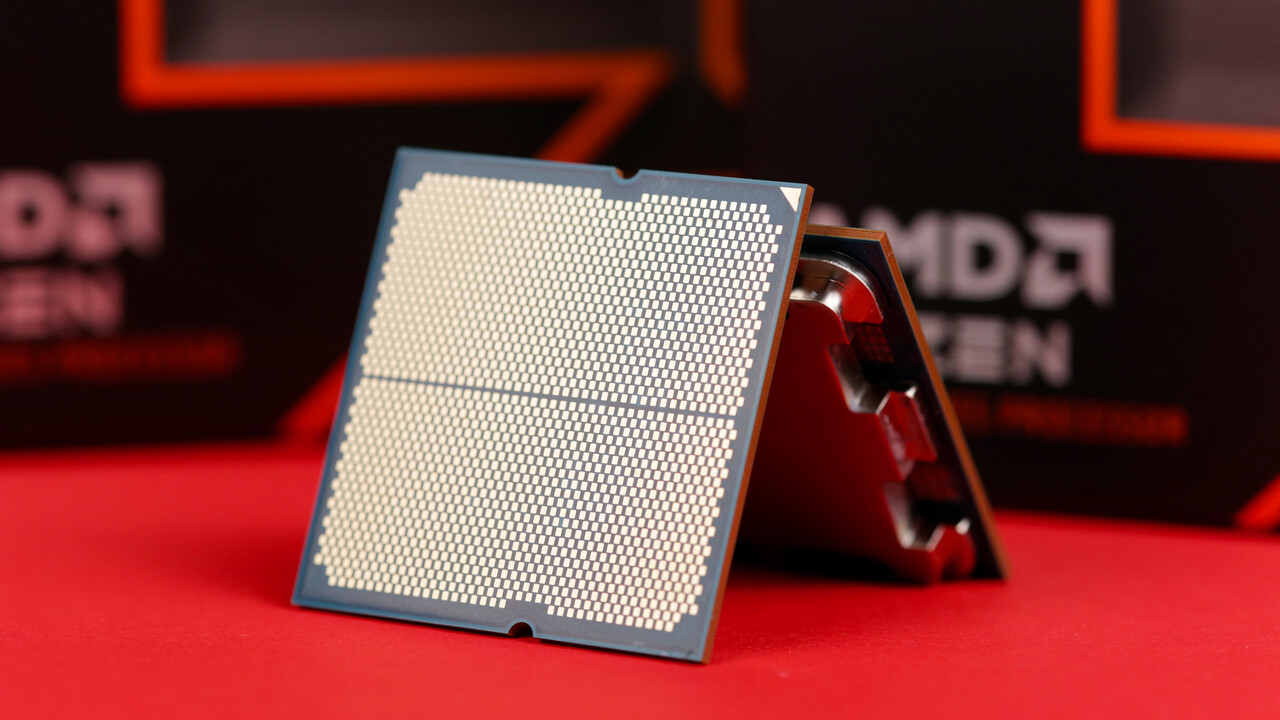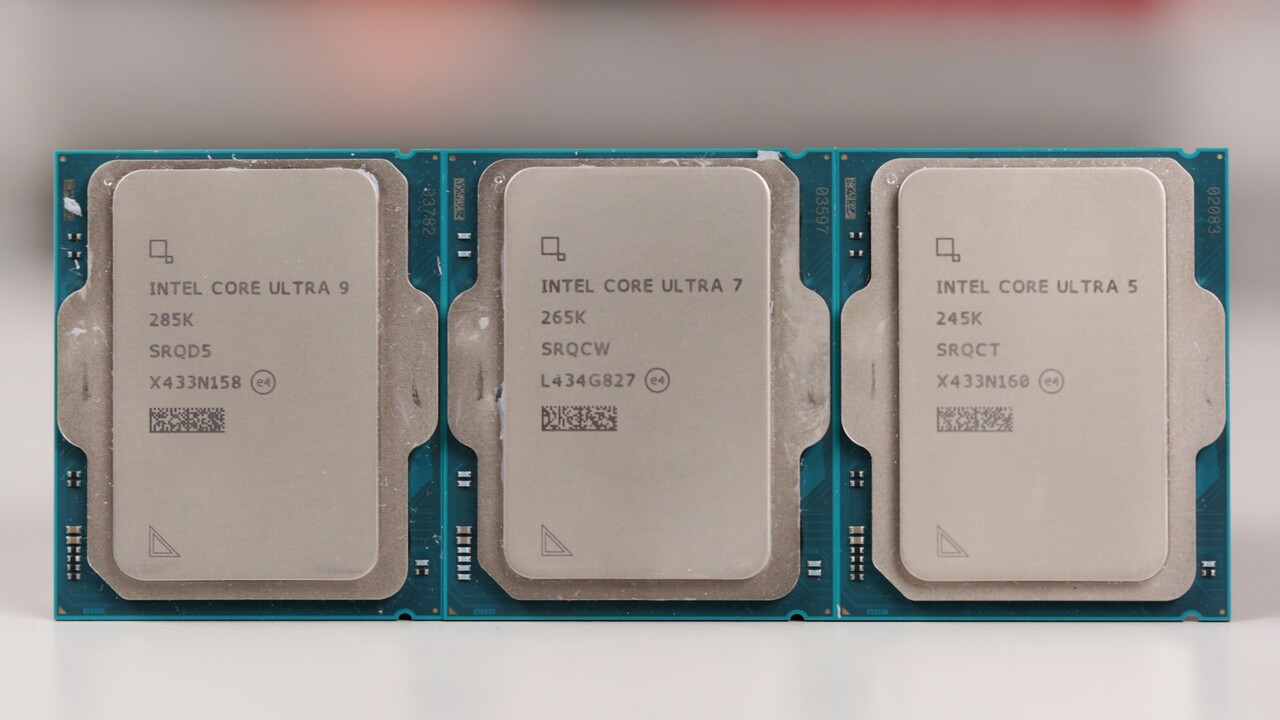Xiaomi Xring O1: Own 3nm US-based SoC uses 10 ARM cores and 16 GPU cores 14 comments
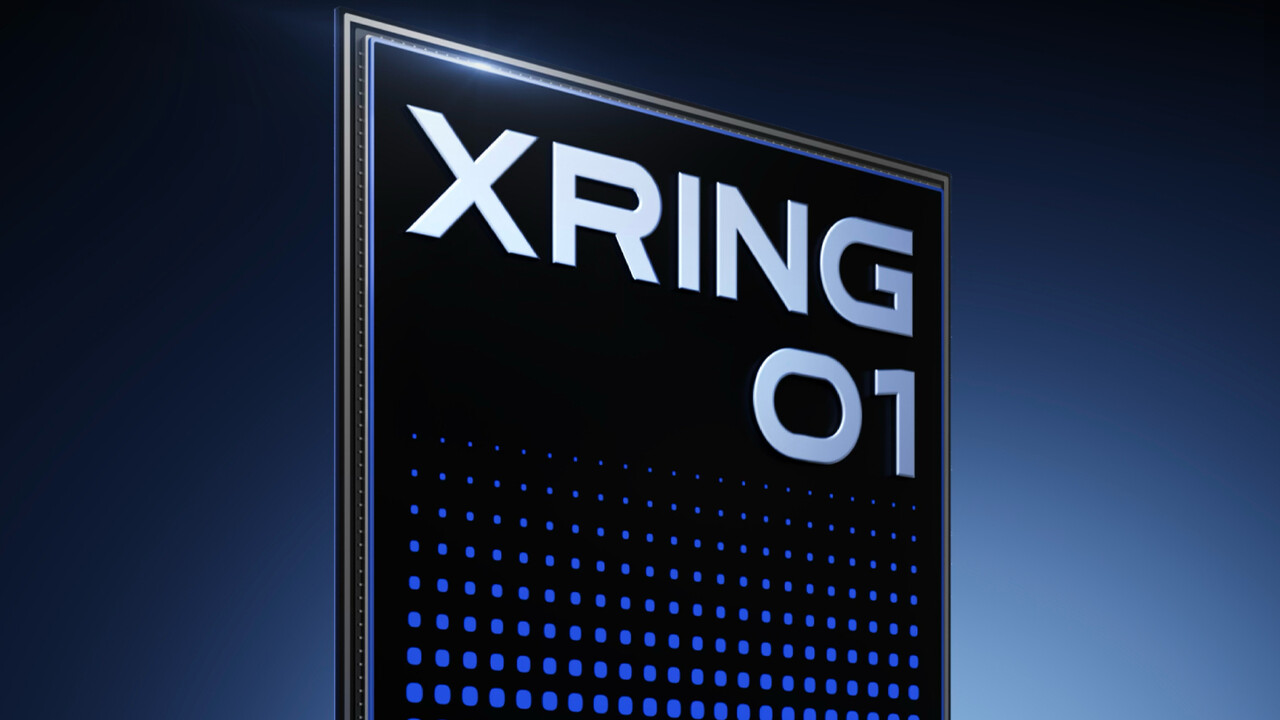
Image: Xiaomi
Xiaomi’s own SoC is officially available. The Xring O1 chip boasts 19 billion transistors from TSMC’s most advanced 3nm process and features the latest CPU cores and a large ARM GPU. The Xring O1 is initially intended for a new Xiaomi smartphone and tablet.
The announcement follows a joint press release with Qualcomm, which stated that Xiaomi will continue to rely on the Snapdragon 8 series in premium smartphones. The quantities released by Qualcomm are expected to increase with each new generation of smartphones, it stated in the announcement. Xiaomi will also be one of the first customers for the successor to the current elite Snapdragon 8. Use in Xiaomi 15s Pro and Pad 7 Ultra
Xiaomi is only partially competing with Qualcomm, as the Xring O1 is intended for the launch of the Xiaomi 15s Pro and Xiaomi Pad 7 Ultra, on the one hand for a smartphone in the premium segment, but also for Xiaomi’s currently best-selling tablet.
19 billion transistors in TSMC N3E
Xiaomi is following Apple and Qualcomm in the Xring O1’s latest 3nm production process, CEO Lei Jun explained at an event in China, where the YU7 electric SUV was also presented, in addition to the chip, the smartphone, tablet, and the new smartwatch, which the manufacturer of the SU7 limousine is supporting. Accordingly, Xiaomi also uses TSMC N3E, with 19 billion transistors distributed over 109 mm². 19 billion transistors in TSMC N3E distributed over 109 mm²
19 billion transistors in TSMC N3E distributed over 109 mm² (image: Xiaomi)
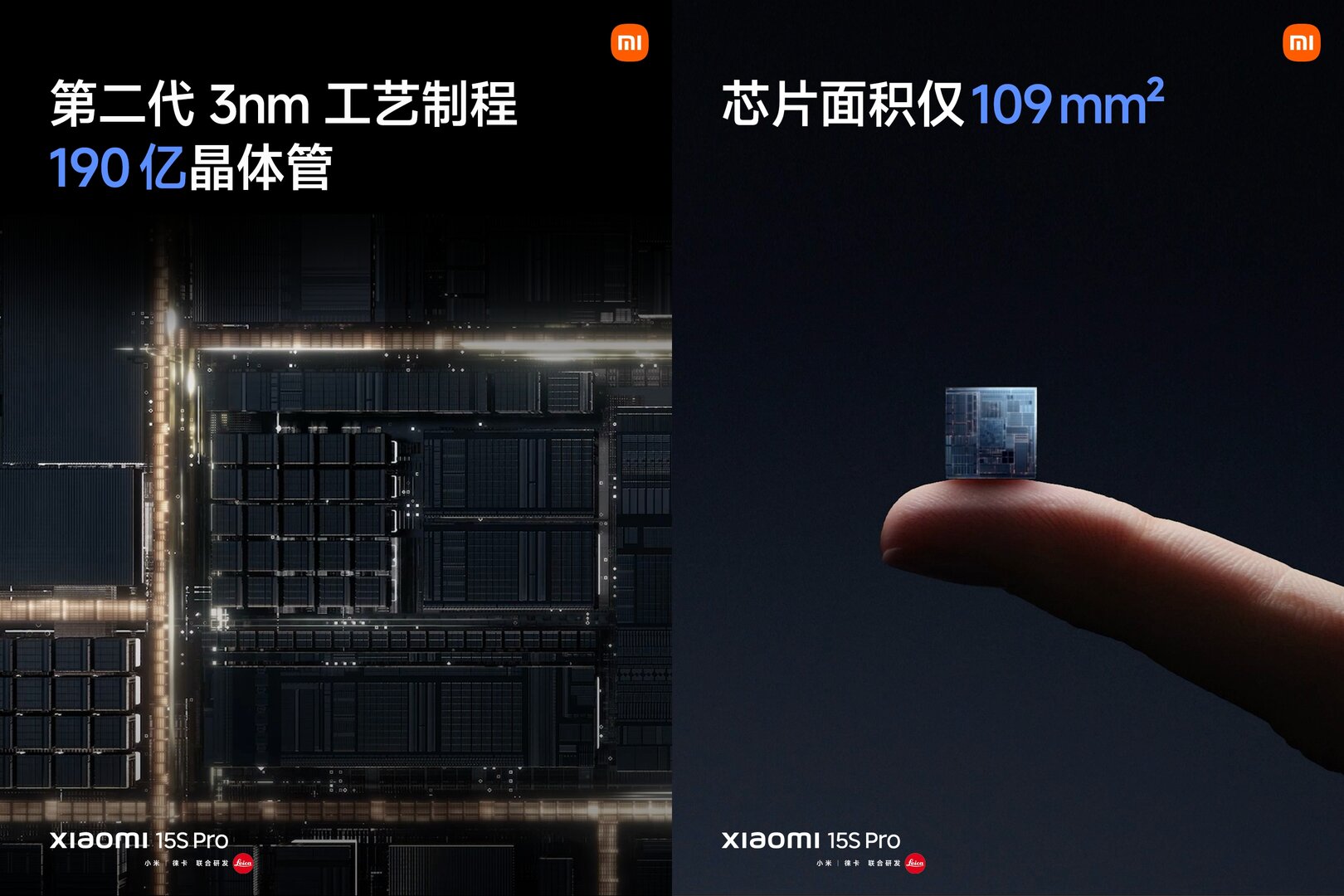 For CPU and GPU, Xiaomi uses ARM, so the company has not developed its own microarchitecture for the Xring O1. On this point, the SOC differs from the current flagship products of Apple and Qualcomm, which also rely on the arm architecture, with their own microarchitecture.
For CPU and GPU, Xiaomi uses ARM, so the company has not developed its own microarchitecture for the Xring O1. On this point, the SOC differs from the current flagship products of Apple and Qualcomm, which also rely on the arm architecture, with their own microarchitecture.
Xiaomi uses the latest CPU cores from ARM and distributes them to four clusters with performance, performance and efficiency cores. In detail, two cortex-x925 (3.9 GHz), four cortex-A725 (3.4 GHz), two more cortex-A725 (1.9 GHz) and two cortex-A520 (1.8 GHz) are installed. The two cortex-x925s each with 2MB, the Cortex-A725 each with 1MB and the two cortex-A520s split the 512kb L2 cache. For the Cortex-A520, ARM took the core merged architecture of the Cortex-A510 with two cores per complex with shared resources. According to the figures released by Xiaomi, a core score of 3,008 points will be in Geekbench 6.3 (Apple A18 Pro: 3,529 points) and a multi-core score of 9,509 points (Apple: 8,751 points).
ARM CPU cores and their performance
CPU CORES from ARM and their performance (Image: Xiaomi)
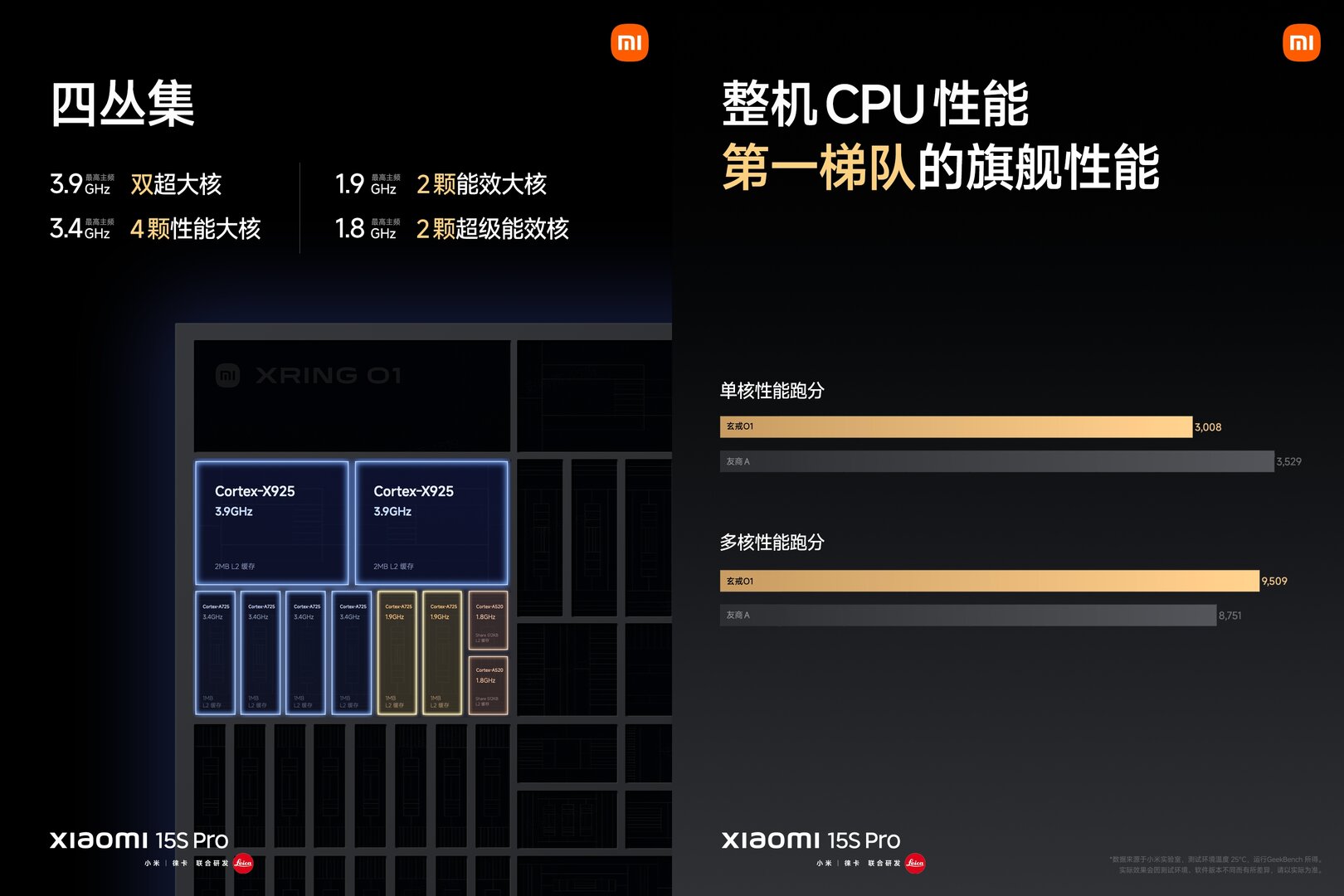 Xiaomi also reaches the upper arm drawer for the graphics unit. Nothing less than the Immortalis G925 is used, the MC16 a particularly large configuration with a third more seeds than in the MediaTek 9400 (+) dimension. In the Gfxbench Manhattan 3.1, Xiaomi came to 330 fps (Apple A18 Pro: 230 fps), in the Aztec Ruins Gfxbench with 1440p at 110 fps (Apple: 70 fps). Comparisons with Qualcomm have not drawn Xiaomi.
Xiaomi also reaches the upper arm drawer for the graphics unit. Nothing less than the Immortalis G925 is used, the MC16 a particularly large configuration with a third more seeds than in the MediaTek 9400 (+) dimension. In the Gfxbench Manhattan 3.1, Xiaomi came to 330 fps (Apple A18 Pro: 230 fps), in the Aztec Ruins Gfxbench with 1440p at 110 fps (Apple: 70 fps). Comparisons with Qualcomm have not drawn Xiaomi.
Large ARM GPU and their performance
Large ARM GPU and their performance (Image: Xiaomi)
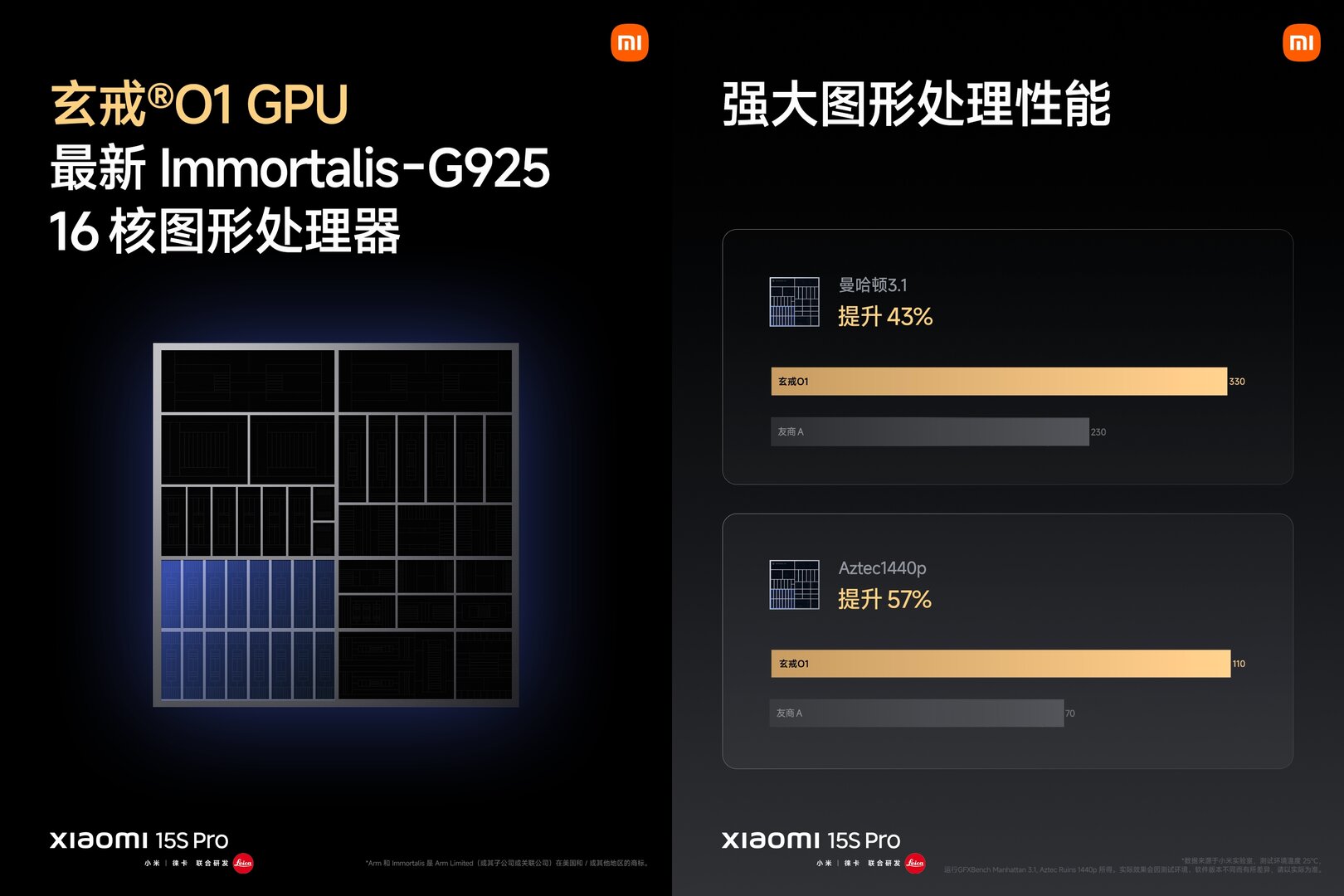 The Xring O1 is also equipped with a 6-core NPU capable of reaching 44 peaks. Other SOC components such as the image processor, display engine, or modem, or the latter could be integrated directly into the SOC, are not yet known.
The Xring O1 is also equipped with a 6-core NPU capable of reaching 44 peaks. Other SOC components such as the image processor, display engine, or modem, or the latter could be integrated directly into the SOC, are not yet known.
Xring T1 Modem for Smartwatch
Xring T1 Modem for Smartwatch (Image: Xiaomi)
 Topics: ARM Processors TSMC Xiaomi Source: Xiaomi (Sina Weibo)
Topics: ARM Processors TSMC Xiaomi Source: Xiaomi (Sina Weibo)

Marc deciphers processors by testing their performance for gaming, content creation, and artificial intelligence.
